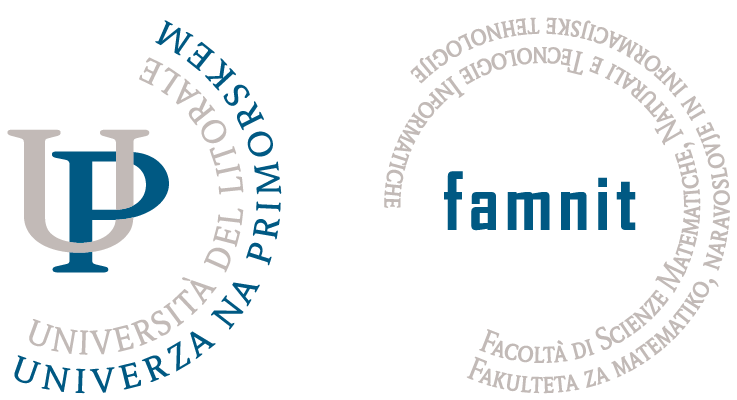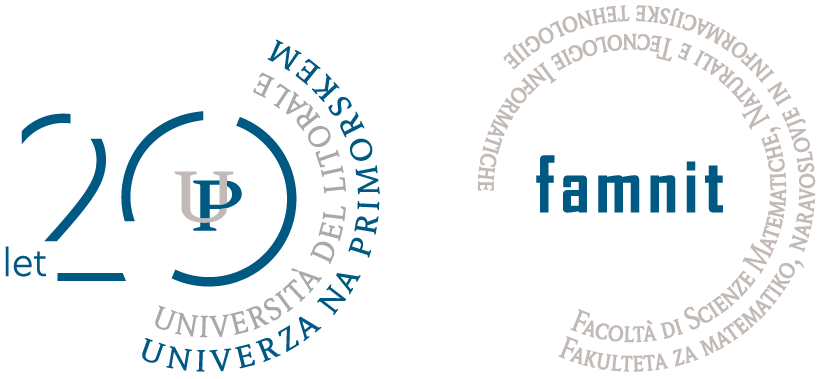The BOSY project is addressing body (a)symmetries of athletes in different sport disciplines, including soccer, basketball, tennis, running and more. Local (single-joint or single-body part) and global asymmetries in muscle strength, power, flexibility and body stability are a very frequent phenomenon in athletes. Despite the increasing knowledge in the field of prevention and treatment, and represent one of the risk factors for sustaining an injury. Injuries have a detrimental effect both on an individual level, as athlete may be required to abstain from sport participation for significant amount of time, and on the level of clubs, sport associations and society, as injuries are often expensive to treat. Researchers within this project wish to contribute to the much needed knowledge on associations between (a)symmetries and sports injuries, and then further explore different measures for eliminating asymmetries and treating sports injuries.
Within the project, we are recruiting a large pool of athletes and carry out several test on them to seek for potential (a)symmetries. We are also retrospectively and prospectively examining the associations between the recognized asymmetries and occurrence of injuries. The test battery includes several aspects of physical ability and function (strength, power, balance, flexibility and kinematics of cyclic and acyclic movement patterns). The exceptionally large and rich dataset will enable to assess relationships, group differences, within-subject differences and other more complex calculations. With the aid of the experts of statistics and mathematics, the analyses could be stepped up to investigate potential patterns in the data that are not discoverable with common data processing methods. Additional insights, arising from such computations could reveal different, possibly more important and practically relevant information in terms of understating the underlying mechanisms of asymmetries and designing approaches to prevent injuries in sport.

